

Articles
How To Install Farm Sink In Existing Cabinet
Modified: February 26, 2024
Learn how to install a farm sink in your existing cabinet to upgrade your interior design. Follow our step-by-step guide for a seamless installation process.
(Many of the links in this article redirect to a specific reviewed product. Your purchase of these products through affiliate links helps to generate commission for Storables.com, at no extra cost. Learn more)
Introduction
Installing a farmhouse sink in an existing cabinet can be a great way to enhance the functionality and aesthetic appeal of your kitchen. Farmhouse sinks, also known as apron-front sinks, are popular for their deep basin and stylish design. Whether you’re upgrading your kitchen or remodeling it, installing a farmhouse sink can add a touch of elegance and charm to your space.
Before you begin the installation process, it’s important to gather the necessary tools and materials. Proper planning and preparation will help ensure a smooth installation and minimize any potential issues along the way. In this guide, we’ll walk you through the step-by-step process of installing a farmhouse sink in an existing cabinet.
From measuring the cabinet and sink to connecting the plumbing and securing the sink in place, we’ll provide you with the essential tips and guidelines. By following these steps, you’ll be able to complete the installation efficiently and effectively, transforming your kitchen into a stylish and functional space.
Before you dive into the installation, make sure you have the right tools and materials at hand. Here’s a list of some common tools and materials you’ll need:
- Measuring tape
- Pencil
- Screwdriver
- Adjustable wrench
- Drill
- Hole saw
- Silicone caulk
- Plumbing fittings and pipes (if necessary)
- Support brackets (if necessary)
Now that you’re equipped with the necessary tools, let’s move on to the first step: measuring the cabinet and sink.
Key Takeaways:
- Elevate your kitchen with a stylish and functional farmhouse sink by following a step-by-step installation process. Ensure precise measurements, secure support, and thorough testing for a successful transformation.
- Embrace the beauty and charm of a farmhouse sink in your kitchen. From gathering tools to testing for leaks, enjoy the rewarding process of enhancing your space with elegance and functionality.
Step 1: Gather necessary tools and materials
Before you begin the installation process, it’s important to gather all the required tools and materials. Having everything you need on hand will make the installation smoother and more efficient. Here’s a list of the essential tools and materials you’ll need:
- Measuring tape: You’ll need a measuring tape to accurately measure the dimensions of your cabinet and sink.
- Pencil: Use a pencil to mark the measurements on the cabinet and sink.
- Screwdriver: A screwdriver will be needed to remove any screws or fasteners on the cabinet.
- Adjustable wrench: An adjustable wrench will come in handy for tightening or loosening plumbing connections.
- Drill: You’ll need a drill to create holes for the plumbing connections and securing the sink.
- Hole saw: If your sink requires a larger opening, a hole saw attachment for your drill will be necessary.
- Silicone caulk: Silicone caulk is essential for sealing any gaps between the sink and the countertop.
- Plumbing fittings and pipes: Depending on your existing plumbing setup, you may need additional fittings and pipes to connect the sink.
- Support brackets: If your sink is heavy or if additional support is required, support brackets will be necessary for installation.
Once you have gathered all the necessary tools and materials, double-check to make sure you have everything you need before proceeding with the installation. This will prevent any unnecessary delays or interruptions during the process.
It’s also a good idea to familiarize yourself with the instructions provided by the sink manufacturer. Each sink may have specific requirements or recommendations for installation. By reading the instructions beforehand, you’ll have a better understanding of the process and any specific steps you need to follow.
With all the tools and materials gathered and a clear understanding of the manufacturer’s instructions, you’re now ready to move on to the next step: measuring the cabinet and sink.
Step 2: Measure the cabinet and sink
Accurate measurements are crucial for a successful installation of a farmhouse sink in an existing cabinet. Before you start making any modifications, take the time to measure both the cabinet and the sink to ensure they are compatible and that the sink will fit properly.
Here’s a step-by-step guide on how to measure the cabinet and sink:
- Start by measuring the width of the cabinet. Use a measuring tape to measure the distance between the two side walls of the cabinet. This will give you the width measurement.
- Next, measure the depth of the cabinet. Measure from the back wall of the cabinet to the front edge where the sink will sit.
- Measure the height of the cabinet. Measure from the cabinet’s bottom to the top edge where the sink will be installed.
- Once you have measured the cabinet, it’s time to measure the sink. Measure the width, depth, and height of the sink to ensure that it will fit within the cabinet’s dimensions.
- Pay attention to any additional space required for the apron or front lip of the sink. Some farmhouse sinks have larger aprons that extend beyond the cabinet’s front edge, so make sure to include this in your measurements.
After measuring both the cabinet and sink, compare the measurements to ensure that the sink will fit properly. Take note of any discrepancies or potential issues that may arise during installation.
Keep in mind that precise measurements are key when it comes to installing a farmhouse sink. Even a slight miscalculation can lead to a poor-fitting sink or problems with the installation. If you’re unsure about the measurements or the compatibility of the sink with your existing cabinet, it may be wise to consult a professional or seek guidance from the sink manufacturer.
Once you’ve confirmed that the sink and cabinet measurements are aligned, you can proceed to the next step of removing the existing countertop.
Step 3: Remove the existing countertop
Before installing a farmhouse sink, you’ll need to remove the existing countertop to provide access to the cabinet and make the necessary modifications. Here’s a step-by-step guide to help you remove the existing countertop:
- Start by clearing off any items or objects from the countertop to ensure you have a clear and unobstructed workspace.
- Using a screwdriver, carefully remove any screws or fasteners that are securing the countertop to the cabinets or base. Keep track of these screws as you will need them for reinstallation later.
- Once the screws have been removed, gently lift the countertop to detach it from the cabinets. Start from one end and work your way across, ensuring that the countertop is fully detached as you go.
- If the countertop is glued or caulked to the cabinets, use a putty knife or a scraper to carefully loosen and remove the adhesive. Take caution not to damage the cabinets or the countertop during this process.
- As you remove the countertop, have a helper assist you in lifting and carrying it away to avoid any injuries or damage.
- Inspect the cabinet base and surrounding area for any debris, adhesive residue, or damage that may need to be addressed before proceeding with the installation.
Removing the existing countertop requires careful handling to prevent any damage or injuries. It’s essential to take your time and work methodically to ensure a smooth removal process.
Keep in mind that the specific steps may vary depending on the type of countertop material and the methods used for attachment. Therefore, it’s important to consult any manufacturer’s instructions or seek professional advice if needed.
Once the existing countertop has been successfully removed, you’re ready to move on to the next step: preparing the cabinet for the farmhouse sink installation.
Step 4: Prep the cabinet for the farmhouse sink
Preparing the cabinet is a crucial step in the installation process of a farmhouse sink. This involves making modifications to the cabinet to accommodate the sink’s dimensions and ensure a secure and stable fit. Here’s a step-by-step guide on how to prep the cabinet for the farmhouse sink:
- Begin by cleaning out the cabinet and removing any items stored inside. This will provide you with a clear workspace and make it easier to work on the cabinet.
- Locate the centerline of the cabinet by measuring and marking the midpoint of the cabinet’s width. This will help you position the sink correctly.
- Using the measurements from step 2, mark the sink’s dimensions on the inside walls of the cabinet. This will help guide you during the cutting process.
- Next, using a drill fitted with a hole saw attachment, create pilot holes on the marked lines. These pilot holes will serve as starting points for making the cuts.
- Once the pilot holes are made, use a jigsaw to carefully cut along the marked lines. Take your time and ensure that the cuts are smooth and accurate.
- After making the cuts, use sandpaper to smooth out any rough edges or splinters. This will help create a clean and tidy finish.
- Inspect the cutout area to ensure that it matches the dimensions of the sink and allows for a proper fit. Make any necessary adjustments if needed.
- Before moving on to the next step, clean up any dust or debris from the cutting process. This will help create a clean surface for installing the sink.
Prepping the cabinet requires careful measurements and precise cutting to ensure that the sink fits securely and snugly. It’s important to exercise caution and take your time during this step to avoid any mistakes that could compromise the installation.
If you’re not confident in your carpentry skills or feel uncomfortable making the necessary modifications to the cabinet, it’s recommended to seek professional assistance. Professional installers have the expertise and experience to ensure a seamless and successful installation.
Once the cabinet is prepped, you’re now ready to move on to the next step: installing additional support for the sink (if required).
Step 5: Install additional support for the sink
Depending on the weight and size of your farmhouse sink, you may need to install additional support to ensure its stability and prevent any sagging or damage to the cabinet. Here’s a step-by-step guide on how to install additional support for the sink:
- Start by assessing the weight and size of your farmhouse sink. If it is particularly heavy or large, additional support may be required.
- Determine the type of support needed for your specific sink. Common options include support brackets, braces, or reinforcing the cabinet’s base.
- If using support brackets, measure and mark the location of the brackets on the cabinet walls. Take into account the sink’s dimensions and centerline to ensure proper positioning.
- Using a drill, attach the support brackets to the cabinet walls. Make sure they are securely fastened and aligned properly with the sink’s dimensions.
- If reinforcing the cabinet’s base, measure and cut a piece of plywood to fit the bottom of the cabinet. The plywood should be slightly larger than the sink’s footprint.
- Place the plywood on the bottom of the cabinet and secure it with screws. Make sure it is centered and provides ample support for the sink.
- Double-check that the additional support is sturdy and stable. Wiggle the sink to test its stability and make any adjustments if necessary.
Installing additional support for your farmhouse sink is crucial to ensure its longevity and prevent any structural issues. By taking the time to reinforce the cabinet and provide adequate support, you’ll minimize any potential problems in the future.
If you’re unsure about the type of additional support needed or how to properly install it, consult the manufacturer’s instructions or seek advice from a professional installer. They will be able to provide guidance specific to your sink and cabinet setup.
Once the additional support is installed, you’re ready to move on to the next step: installing the farmhouse sink itself.
Measure the dimensions of your existing cabinet to ensure the farm sink will fit. Remove the cabinet doors and any drawers to create space for the sink. Use a jigsaw to carefully cut out the front of the cabinet to accommodate the farm sink.
Step 6: Install the farmhouse sink
Now that the cabinet is prepped and additional support is in place, it’s time to install the farmhouse sink. Proper installation will ensure a secure and functional sink that enhances the overall look of your kitchen. Here’s a step-by-step guide on how to install the farmhouse sink:
- Begin by carefully placing the farmhouse sink into the cutout area in the cabinet. Make sure it aligns properly with the markings and fits snugly.
- If your sink came with clips or brackets, attach them to the sink’s rim or lip. Follow the manufacturer’s instructions for proper placement and installation.
- Apply a bead of silicone caulk along the edges of the sink where it meets the countertop. This will help create a watertight seal and prevent any water from seeping into the cabinet.
- Gently lower the sink into the cutout area, pressing it firmly against the countertop. Ensure that the sink is level and centered within the opening.
- If using a top-mounted sink, tighten the clips or brackets to secure the sink in place. Make sure they are evenly tightened to avoid any tilting or gaps.
- If using an undermount sink, attach any necessary brackets or supports to the underside of the countertop. Follow the manufacturer’s instructions for proper installation.
- Wipe away any excess caulk with a damp cloth or sponge. This will leave a clean and finished appearance.
When installing the farmhouse sink, it’s crucial to follow the manufacturer’s instructions and guidelines. Different sink models may have specific installation requirements, so be sure to reference the provided instructions for the best results.
Take your time during the installation process, ensuring that the sink is securely in place and properly sealed. This will prevent any potential leaks or damage down the line.
Once the farmhouse sink is installed, you’re ready to move on to the next step: connecting the plumbing and securing the sink.
Step 7: Connect plumbing and secure the sink
After the farmhouse sink is installed, the next step is to connect the plumbing and secure the sink in place. This will ensure proper water flow and functionality. Here’s a step-by-step guide on how to connect the plumbing and secure the sink:
- Start by connecting the drain assembly to the sink’s drain hole. Apply plumber’s putty or silicone around the drain flange for a watertight seal, then insert it into the drain hole.
- Tighten the retaining nut from underneath the sink to secure the drain assembly in place. Use an adjustable wrench to ensure a snug fit, but avoid over-tightening, as it may damage the sink or the drain connections.
- Next, connect the sink’s water supply lines to the existing plumbing. Use the appropriate fittings and connectors to ensure a proper seal. Hand-tighten the connections and then give them an additional quarter turn with pliers or an adjustable wrench.
- If your farmhouse sink has a sprayer or a soap dispenser, follow the manufacturer’s instructions to install those components. Connect them to the appropriate water supply lines and secure them in place.
- Double-check all connections to ensure they are tight and secure. Test the water flow and check for any leaks around the drain and water supply connections.
- Once you’re confident that the plumbing is properly connected and there are no leaks, move on to securing the sink in place. If using a top-mounted sink, tighten the clips or brackets to secure it to the countertop. For undermount sinks, ensure the brackets or supports are securely fastened.
- Inspect the sink from all sides to ensure it is level and aligned with the countertop. Make any necessary adjustments to achieve a balanced and aesthetically pleasing installation.
- Lastly, wipe down the sink and surrounding area to remove any residue or excess silicone. This will leave a clean and polished finish.
Connecting the plumbing and securing the sink requires attention to detail and precision to ensure proper functionality and avoid leaks. Take your time during this step to ensure all connections are secure and the sink is properly aligned.
Once the plumbing is connected and the sink is secured, you can proceed to the next step: reinstalling the countertop.
Step 8: Reinstall the countertop
With the farmhouse sink successfully installed and the plumbing connected, it’s time to reinstall the countertop to complete the transformation of your kitchen. Follow these steps to reinstall the countertop:
- Begin by cleaning the cabinet and the underside of the countertop. Remove any debris or adhesive residue from the previous installation.
- Place the countertop back onto the cabinet, ensuring that it aligns properly and sits evenly on the cabinets or base.
- If the countertop had been secured with screws or fasteners, reattach them to secure the countertop in place. Use a screwdriver to tighten them evenly, ensuring a secure fit.
- If the countertop requires adhesive to attach it to the cabinets or base, apply a thin layer of construction adhesive. Follow the adhesive manufacturer’s instructions for proper application.
- Once the adhesive is applied, carefully lower the countertop onto the cabinets or base, making sure it aligns with any edges or backsplash.
- Check that the countertop is level and even. Use a level tool to ensure it’s balanced horizontally and vertically.
- For added stability, reinforce the attachment points with additional screws or fasteners. This will provide extra support and prevent any movement or shifting over time.
- Allow the adhesive to cure according to the manufacturer’s instructions before placing any heavy objects or applying pressure to the countertop.
Reinstalling the countertop is an important step to complete the installation of the farmhouse sink and restore the functionality and appearance of your kitchen. Take your time to ensure that the countertop is properly aligned and securely attached.
After reinstalling the countertop, take a moment to step back and admire your newly installed farmhouse sink. The transformation of your kitchen is almost complete! The final step is to test for leaks and ensure that the sink is functioning properly.
Step 9: Test for leaks and ensure proper functionality
After completing the installation of the farmhouse sink and reinstalling the countertop, it’s essential to thoroughly test for leaks and ensure that the sink is functioning properly. Follow these steps to test for leaks and ensure proper functionality:
- Check all the connections underneath the sink, including the drain assembly and water supply lines. Inspect them for any signs of water leakage or dripping.
- Run water into the sink and observe if there are any leaks around the drain area or the water supply connections. Pay close attention to these areas and look for any signs of moisture.
- If you notice any leaks, tighten the connections as needed. Use an adjustable wrench or pliers to ensure that all fittings are securely fastened.
- Make sure the water flows smoothly into the sink and drains properly without any clogs or backups. Test the hot and cold water separately to ensure both are functioning correctly.
- Check for proper water flow and drainage by filling the sink with water and then releasing it. The water should drain efficiently, without any slow draining or pooling.
- Inspect the sink and countertops for any signs of water damage or pooling. Look for any discoloration, warping, or mold growth that may indicate a leak.
- Test any additional features such as sprayers or soap dispensers to ensure they are working properly and dispensing water or soap as intended.
- If everything appears to be functioning correctly and there are no signs of leaks or water damage, congrats! Your farmhouse sink installation is complete.
- Remember to periodically check for leaks or any issues with the sink’s functionality to maintain its optimal performance. If you notice any problems, address them promptly to prevent further damage.
Testing for leaks and ensuring proper functionality is a crucial step in the installation process. It will give you peace of mind knowing that your farmhouse sink is in good working condition and that there are no potential issues that could lead to water damage or other complications.
By following these steps and performing thorough testing, you can enjoy the benefits of your beautifully installed farmhouse sink and make the most out of your kitchen space.
Now, sit back, take a moment to appreciate your hard work, and enjoy your new farmhouse sink!
Conclusion
Installing a farmhouse sink in an existing cabinet can be a rewarding project that adds both functionality and charm to your kitchen. By following the step-by-step process outlined in this guide, you can successfully install a farmhouse sink and transform your kitchen into a stylish and functional space.
From gathering the necessary tools and materials to measuring the cabinet and sink, removing the existing countertop, prepping the cabinet, and installing the additional support, each step is crucial to a successful installation. Connecting the plumbing, securing the sink, and reinstalling the countertop ensure a secure and functional farmhouse sink.
Remember to thoroughly test for leaks and ensure proper functionality before considering the installation complete. By taking the time to test for leaks and address any issues, you can avoid potential water damage and ensure that your farmhouse sink performs optimally.
Throughout the installation process, it’s important to pay attention to detail, follow manufacturer’s instructions, and work safely. If you’re unsure or uncomfortable with any step, it’s always best to consult a professional for assistance.
Once your farmhouse sink is installed, embrace the beauty and functionality it brings to your kitchen. Enjoy the deep basin for washing dishes, the stylish apron-front design, and the overall enhancement of your culinary space.
With proper care and maintenance, your farmhouse sink will continue to serve you well for many years to come. Regularly clean and maintain it according to the manufacturer’s guidelines to preserve its appearance and functionality.
Now that you have the knowledge and understanding of how to install a farmhouse sink in an existing cabinet, it’s time to embark on this exciting project and elevate your kitchen with a touch of elegance and functionality.
Frequently Asked Questions about How To Install Farm Sink In Existing Cabinet
Was this page helpful?
At Storables.com, we guarantee accurate and reliable information. Our content, validated by Expert Board Contributors, is crafted following stringent Editorial Policies. We're committed to providing you with well-researched, expert-backed insights for all your informational needs.



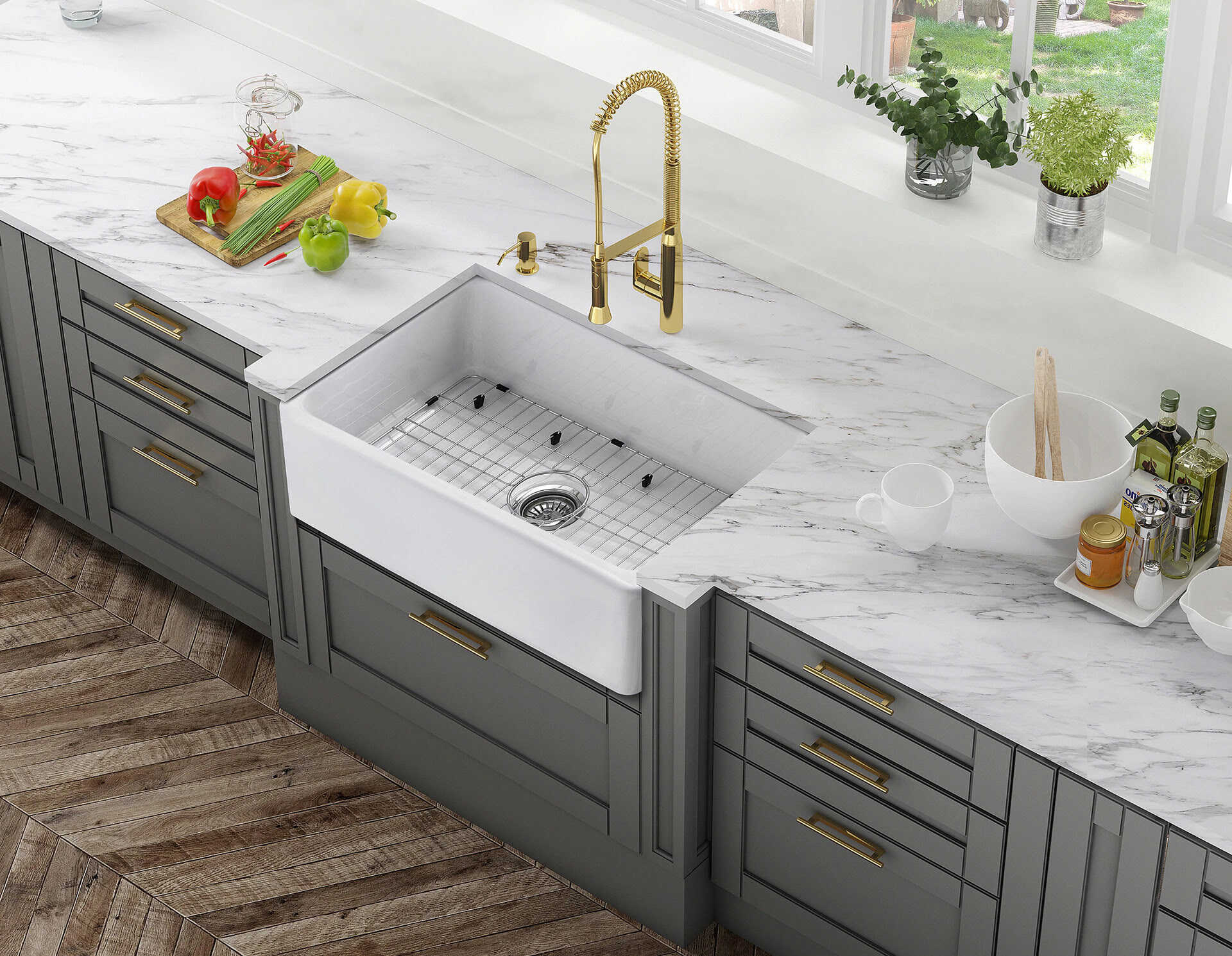
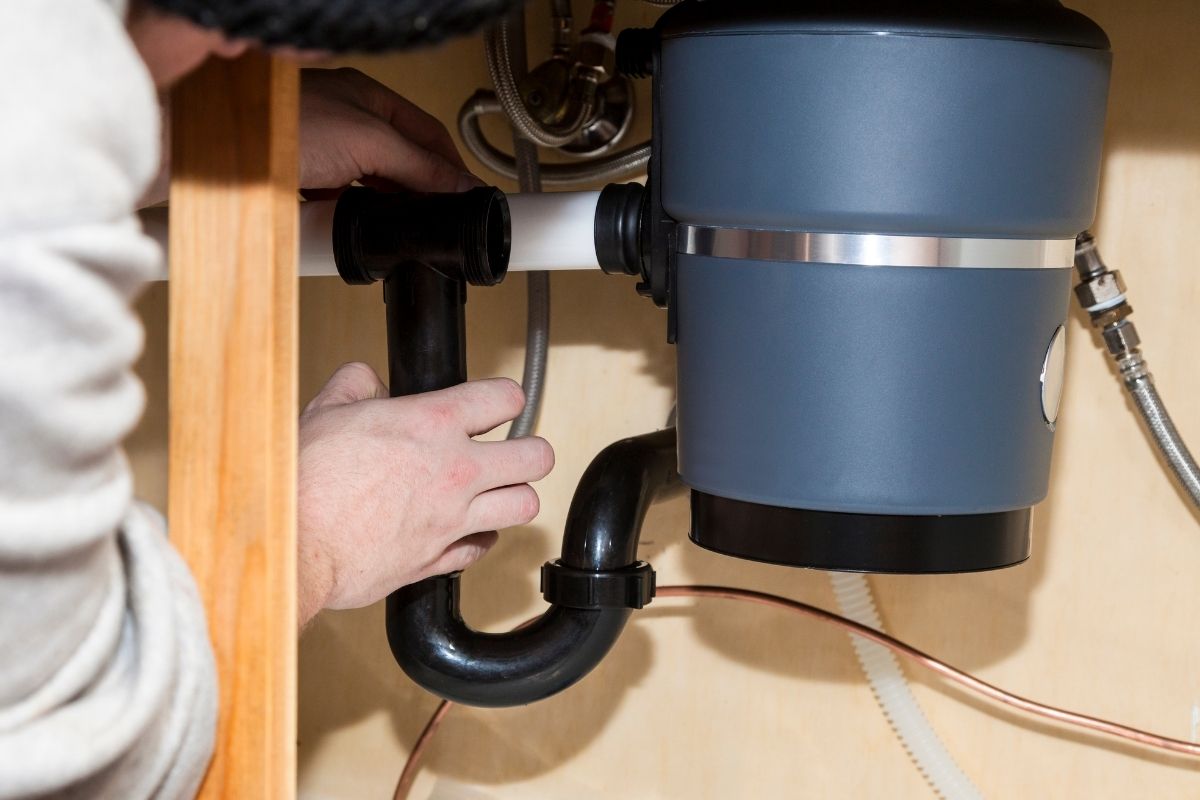
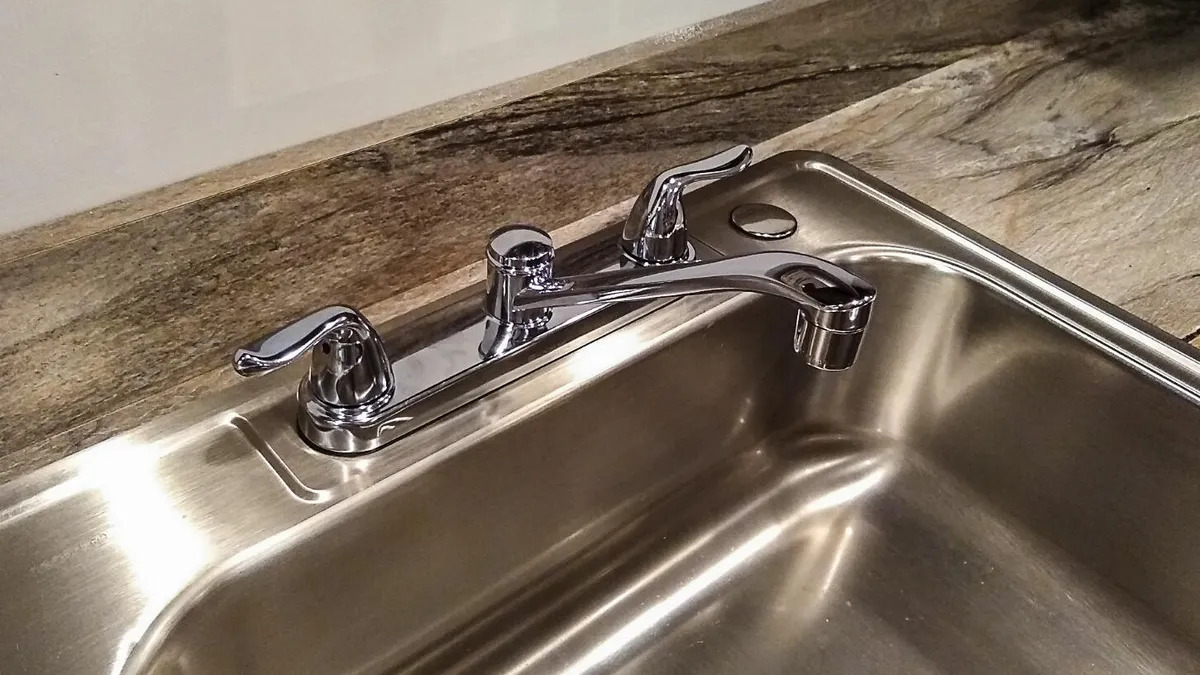


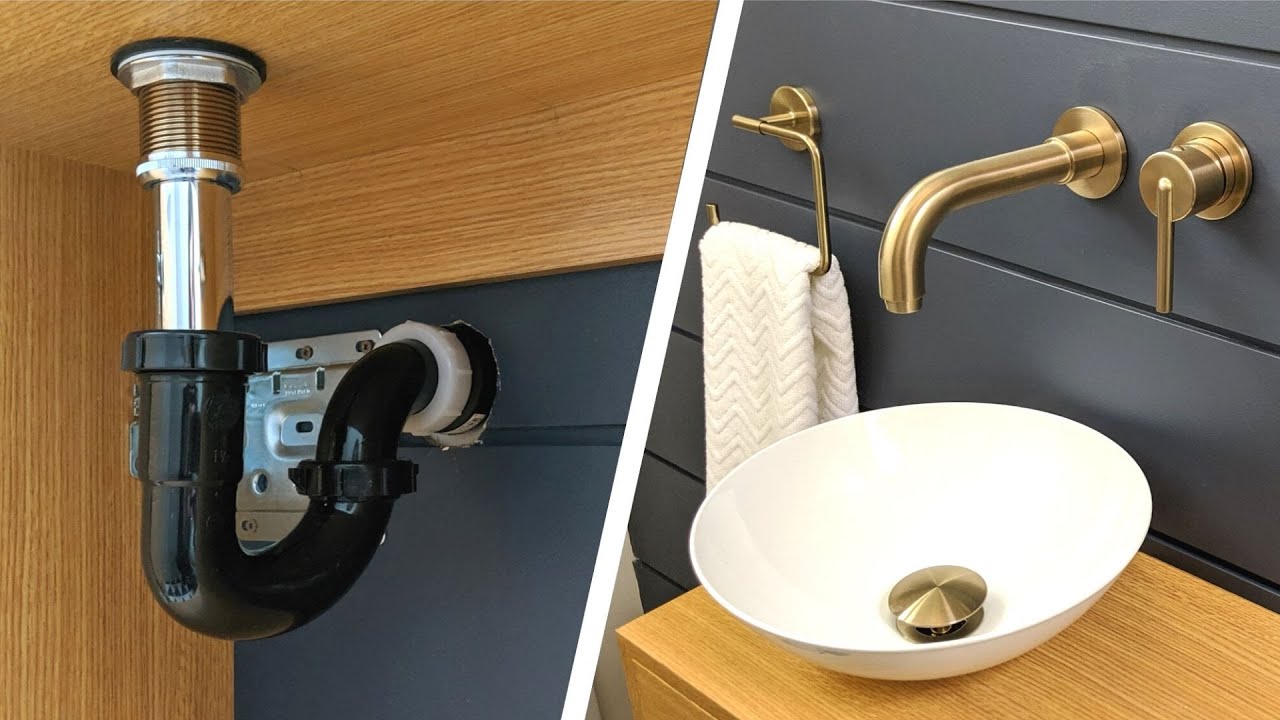
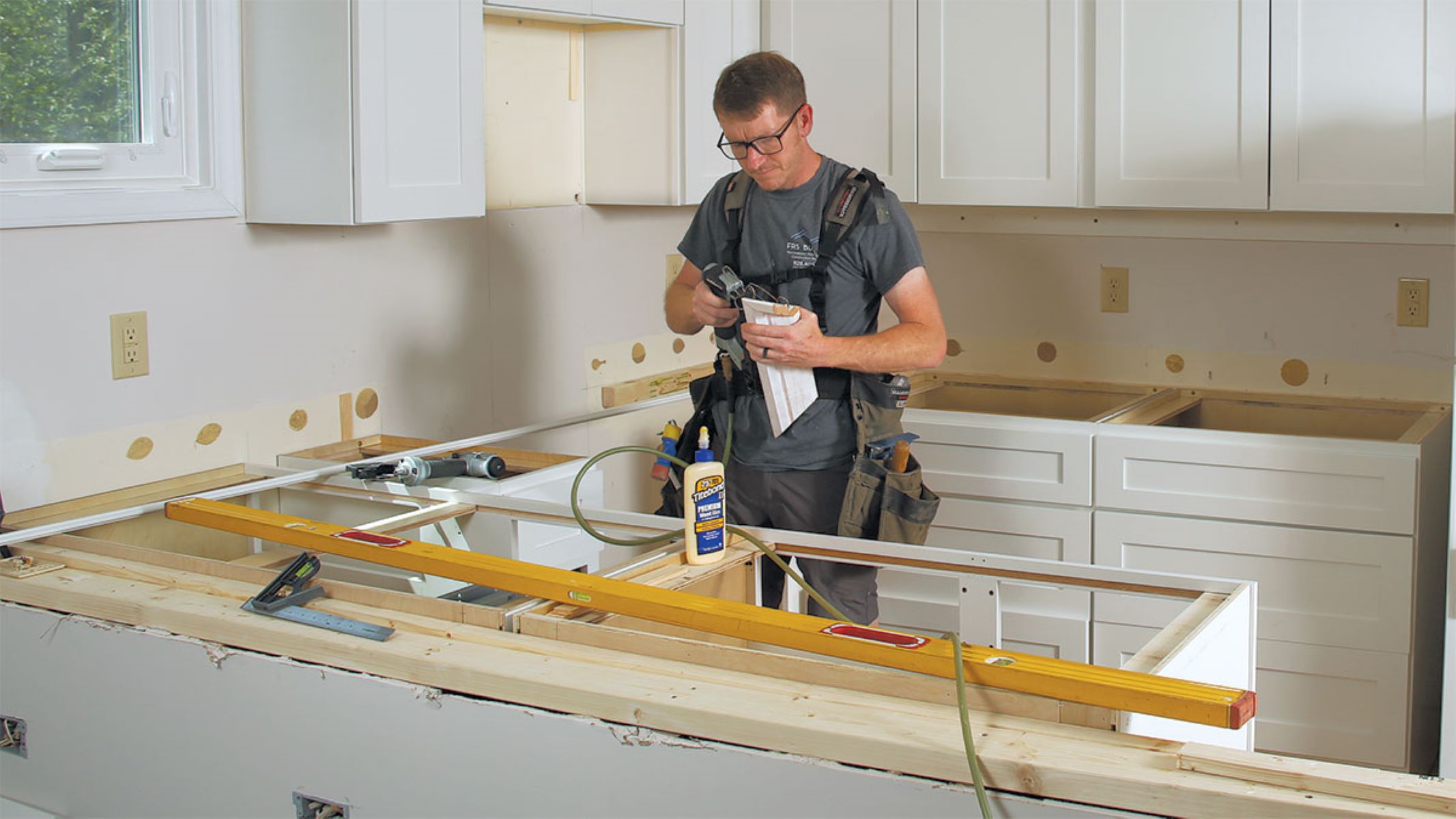
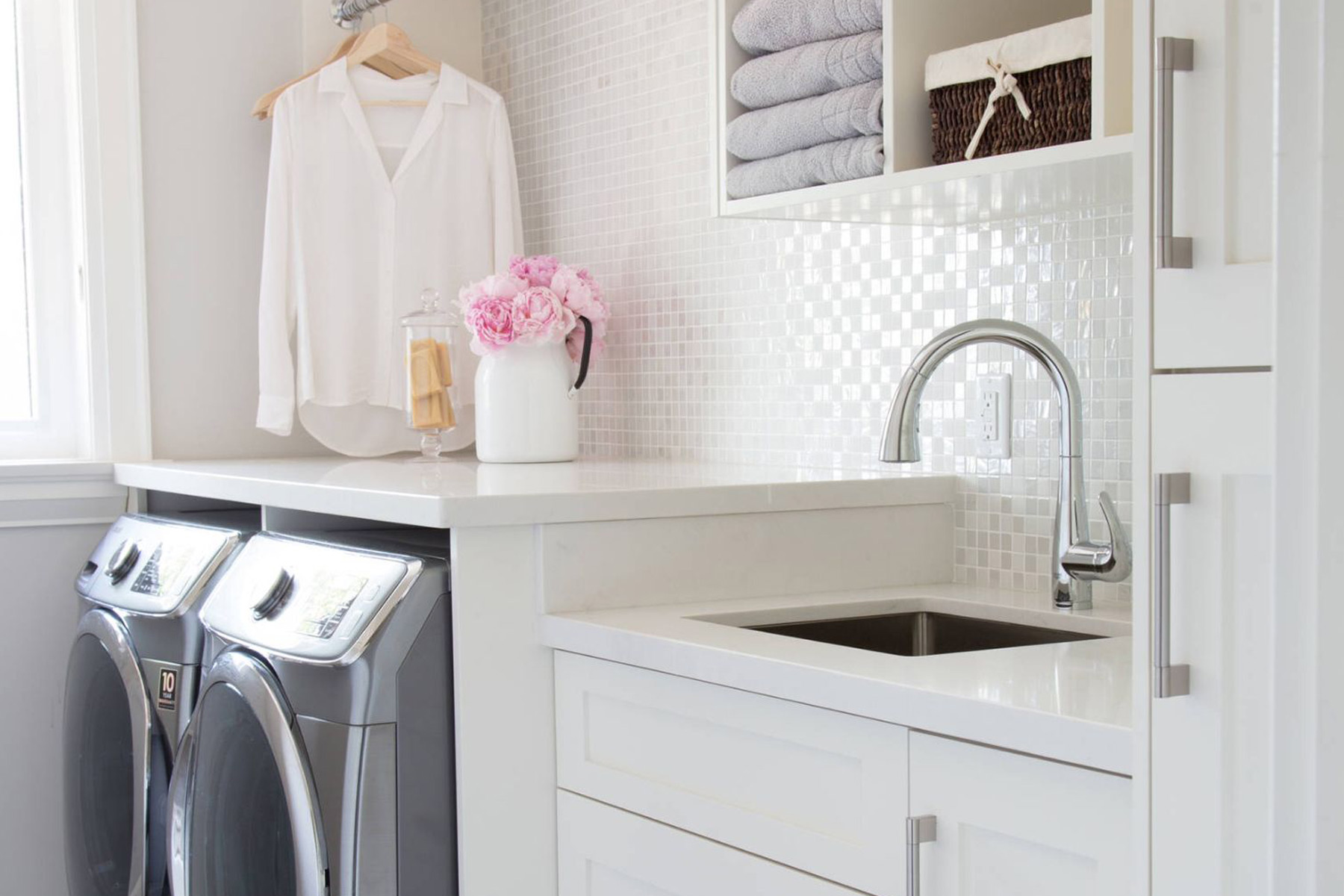
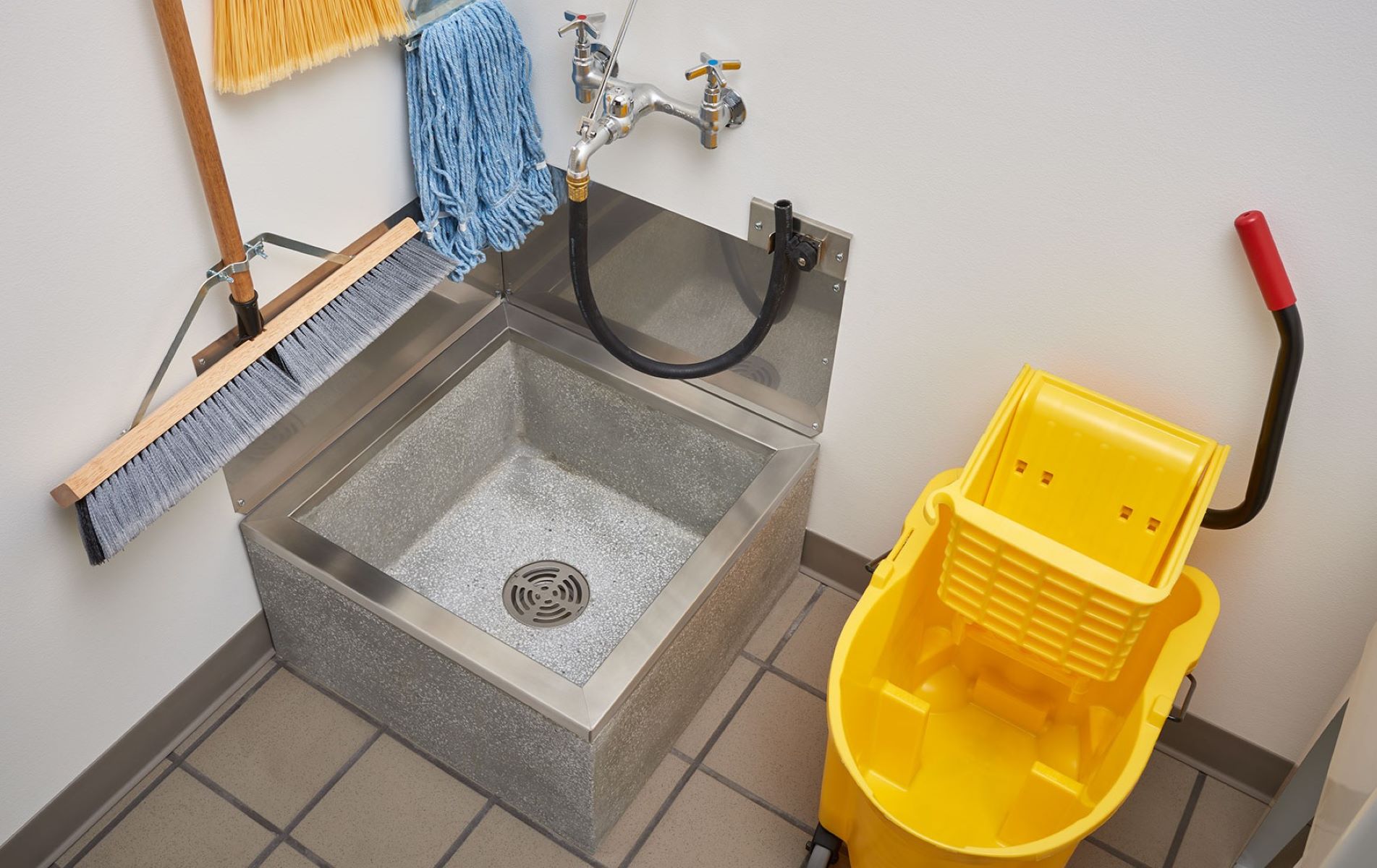
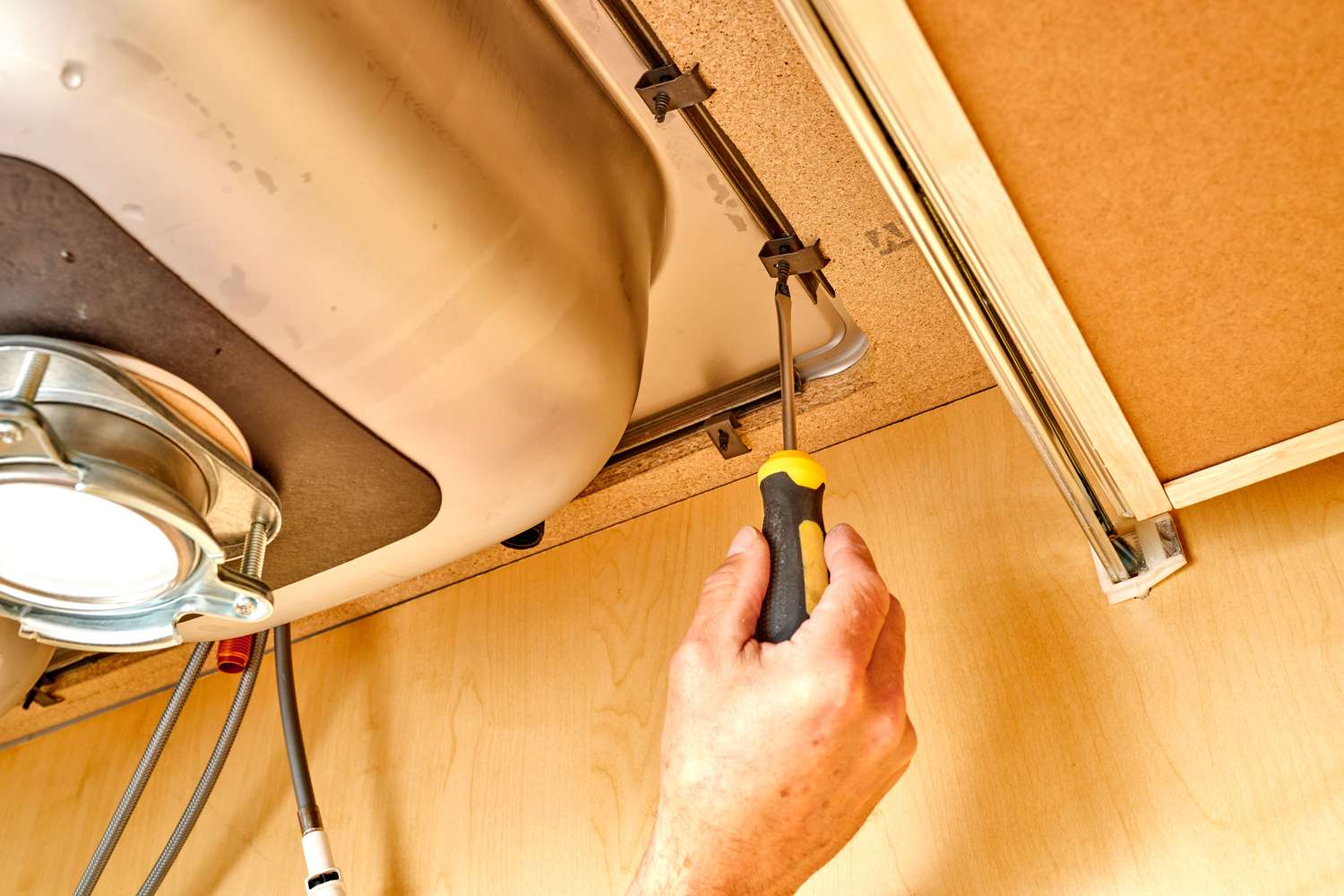

0 thoughts on “How To Install Farm Sink In Existing Cabinet”